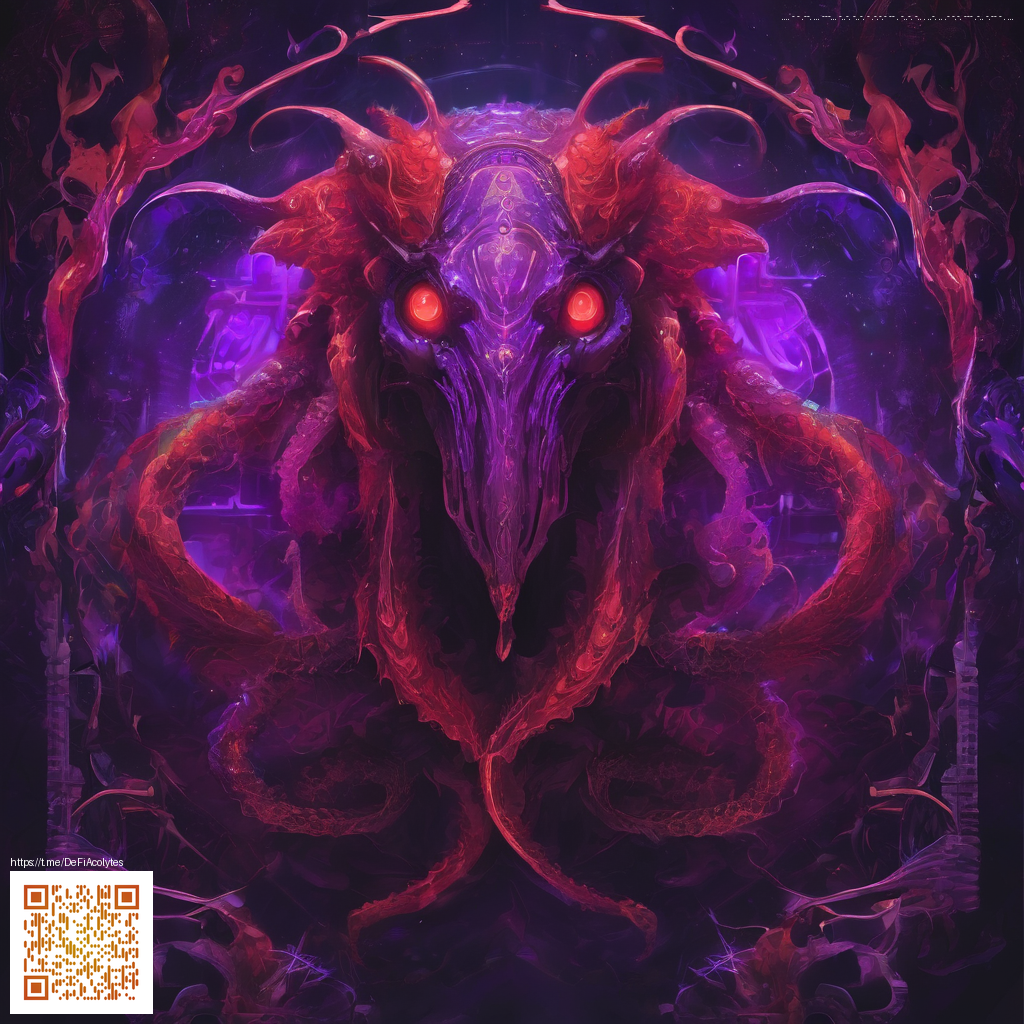
Color palettes are the backbone of cohesive digital design packs. They guide everything from UI mockups to social media templates, ensuring a consistent voice across screens and channels. When you’re crafting a pack, you’re not just picking pretty swatches—you’re shaping how users perceive your brand, how accessible your content is, and how efficiently your team can iterate. A well-thought-out palette can speed up design decisions, reduce back-and-forth, and elevate the perceived quality of your work.
From mood boards to finished palettes
The journey usually begins with mood and intent. Ask yourself: What emotion should the designs evoke? Is the tone playful, premium, or technical? Once you have a direction, you can translate that mood into a concrete set of hues. A strong palette typically includes:
- Base neutrals for typography and layout.
- Primary accents that anchor the most important actions.
- Secondary colors to support contrasts and hierarchy.
- Variations (tints, tones, and shades) to create depth and accessibility.
- A practical color system with hex codes, RGB, and WCAG considerations for contrast.
“Color is the most honest storytelling tool in a designer’s toolbox. When used with intention, it communicates intent faster than any headline.”
As you assemble a color system, consider how color behaves across media. A palette that sings on a bright monitor may lose impact in print or on a dim device. That’s why validating contrast ratios, especially for body text and UI elements, is essential. Tools that simulate accessibility scenarios help you strike a balance between aesthetic flair and inclusive design.
Practical workflow for crafting palettes in design packs
Here’s a pragmatic approach you can follow, whether you’re building a single pack or a library of assets for multiple projects:
- Define the mood: Clarify the emotional arc you want the palette to convey—calm, energetic, luxurious, etc.
- Choose a base: Start with a primary hue that aligns with the brand or project. This becomes your anchor color.
- Generate variations: Create complementary tints, shades, and tones. Use a controlled system (e.g., 5 base colors plus 5-7 variations).
- Test for contrast: Verify text and interactive elements meet accessibility standards.
- Document and package: Record hex values, RGB, and usage guidelines. Group swatches into swatchesheets that designers can pull from quickly.
- Prototype with real assets: Apply the palette to mockups, icons, and UI components to ensure cohesion across layouts.
In practice, you’ll find that some palettes feel instantly right for a project, while others need iteration. That’s not a failure—it’s part of the design process. The goal is to reach a stable, reusable system that your team can rely on for consistent outcomes across all packs and products.
When you’re curating color palettes for digital design packs, practical references can help. For example, a bold, tactile aesthetic can be explored through Neon Card Holder Phone Case, a product that demonstrates how vibrant colors translate into real-world accessories. And for ongoing inspiration or to compare approaches, many designers revisit inspiration hubs like the page at aceffc83.html to see how others organize and present color systems within their digital packs.
Exporting and organizing your palette for packaging
Once you land on a robust set of colors, the next step is packaging. Create a palette sheet that includes:
- Color names and hex codes
- Usage notes for UI, backgrounds, borders, and accents
- Accessibility notes and contrast targets
- Project-specific tweaks, if you’re releasing multiple packs
Organization matters. When designers can quickly locate the right color for a component, production speed improves and the chance of drift between assets decreases. A well-documented palette becomes a living tool—one that evolves as new projects arrive while maintaining a consistent backbone across your digital design packs.